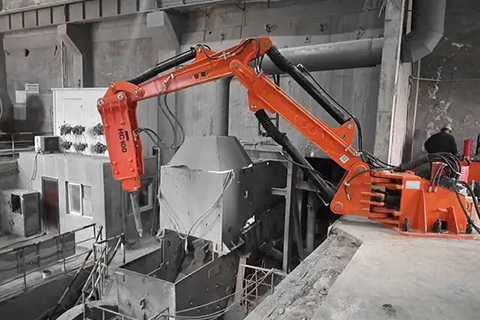
In the field of sand and gravel aggregates, efficient material processing is crucial. Strategic utilization of machinery plays a vital role. Commonly used for primary crushing, jaw crushers are workhorses in many industrial sectors, from mining to construction. When blockage affects production, the advantages of rockbreaker boom are revealed.
However, the efficient operation of jaw crushers can sometimes be hindered by oversized and stubborn materials that find their way into the crushing chamber. This is where the innovation of Rockbreaker Boom Systems comes into play. These systems are deployed at jaw crusher openings to revolutionize the process of material preparation for downstream operations.
We delve into Rockbreaker Boom Systems and their impact on the efficiency and productivity of jaw crushers. We will explore the fundamental principles of these systems, their diverse applications across various industries, and the multitude of benefits they bring to the table. From enhanced material flow to minimized downtime, improved safety, and prolonged equipment lifespan.
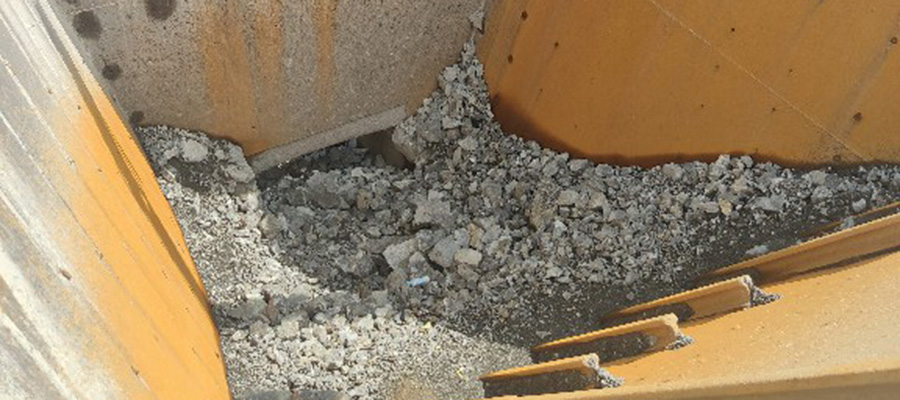
1.1 The Anatomy of Rockbreaker Boom Systems
Rockbreaker Boom Systems, often referred to as pedestal boom systems, are sophisticated pieces of machinery designed to enhance the efficiency and safety of material processing in heavy industries. These systems typically consist of several key components:
Boom: The central component, often made of sturdy steel, serves as the primary structural support. It is securely anchored to the base and can rotate or pivot as needed.
Arm: Attached to the boom, the arm extends outward and can be raised or lowered. It is equipped with the crushing tool, which can vary from powerful hydraulic hammers to robust jaws.
Hydraulic System: The hydraulic system powers the movement of the boom and arm, providing the force needed for material processing.
Control Cabin: In many setups, operators control the Rockbreaker Boom System from a cabin, ensuring precise and safe operation.
Operator Controls: These include joysticks, buttons, and other interfaces that allow operators to manipulate the boom and arm with precision.
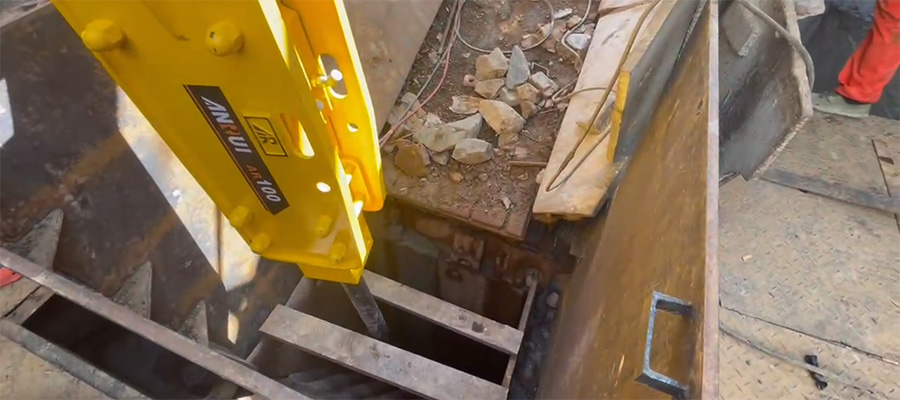
1.2 How Rockbreaker Boom Systems Work
The fundamental principle behind the operation of Rockbreaker Boom Systems is to position the boom and arm at the entry points of primary crushers, such as jaw crushers. When oversized or stubborn materials enter the crusher chamber, the Rockbreaker Boom System comes into action. Here's how it works:
This process ensures that only properly sized material enters the crusher, optimizing its performance and safeguarding against downtime and potential damage.
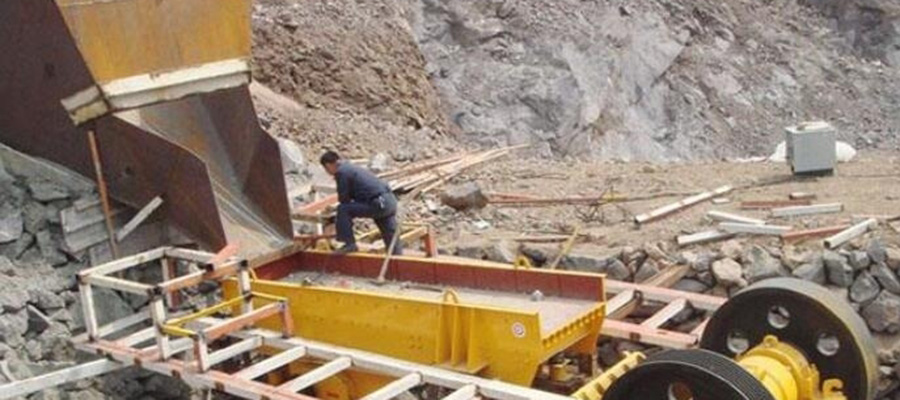
1.3 Key Features and Advantages
Rockbreaker Boom Systems come with several key features and advantages that make them invaluable in material processing:
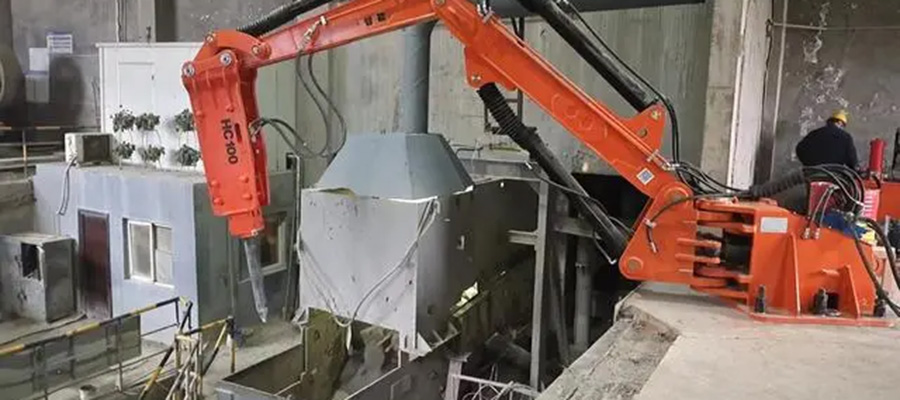
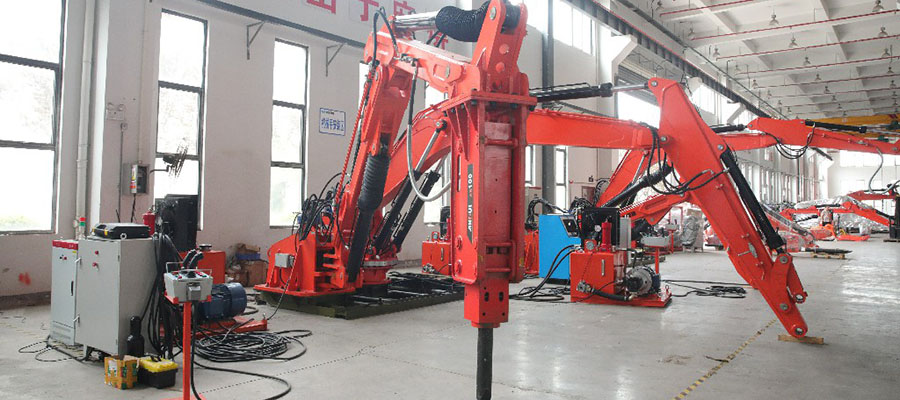
2.5 Applications Across Various Industries
Beyond these sectors, Rockbreaker Boom Systems have found applications in diverse industries, including but not limited to:
The adaptability and versatility of Rockbreaker Boom Systems make them essential components in modern material processing across a wide spectrum of industrial applications.
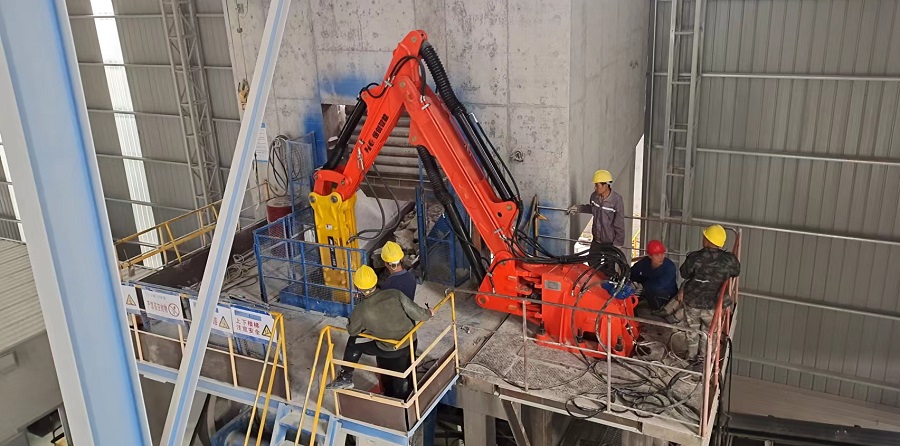
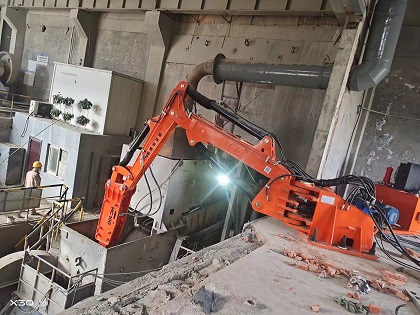
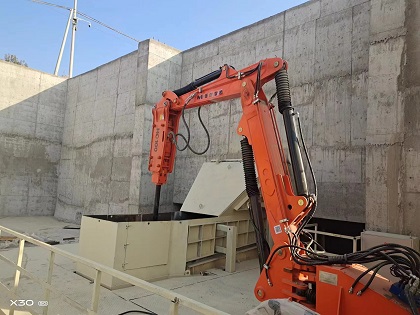
3.1 Enhancing Jaw Crusher Efficiency
One of the primary advantages of integrating Rockbreaker Boom Systems at jaw crusher inlets is the substantial enhancement of crusher efficiency. These systems efficiently break down oversized materials, ensuring that only properly sized materials continue into the crusher. This results in smoother crusher operations, reduced wear and tear, and increased overall productivity.
3.2 Minimizing Downtime and Production Disruptions
Rockbreaker Boom Systems are instrumental in preventing material blockages within the crusher chamber. By swiftly addressing oversized materials, they significantly reduce the risk of crusher downtime and production disruptions. This leads to increased uptime, improved operational efficiency, and ultimately, cost savings.
3.3 Enhancing Safety and Reducing Operational Risks
Safety is paramount in industrial settings, especially when dealing with powerful machinery. Rockbreaker Boom Systems allow for remote operation, keeping operators out of harm's way. This not only enhances the safety of personnel but also mitigates operational risks associated with handling challenging materials.
3.4 Prolonging Equipment Lifespan and Reducing Maintenance Costs
The integration of Rockbreaker Boom Systems goes beyond immediate efficiency gains. By pre-processing materials and minimizing wear and tear on downstream equipment, these systems contribute to prolonging the operational lifespan of crushers and other machinery. This, in turn, reduces maintenance costs and enhances cost-effectiveness.
3.5 Customized Material Sizing for Downstream Processes
The ability to customize the size of crushed particles is a significant advantage of Rockbreaker Boom Systems. This adaptability ensures that subsequent processes requiring consistent particle sizes are seamlessly accommodated. It allows industries to tailor their material sizing to meet specific production requirements, optimizing the efficiency of the entire production chain.
As technology continues to advance, the role of Rockbreaker Boom Systems in material processing is poised to expand further. With an eye toward sustainability and automation, these systems will play a pivotal role in shaping the future of efficient and eco-conscious industrial processes.